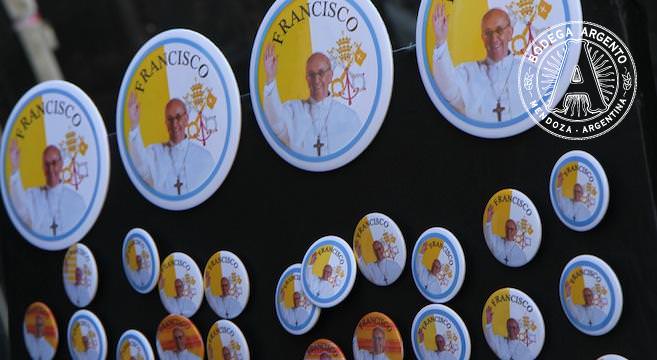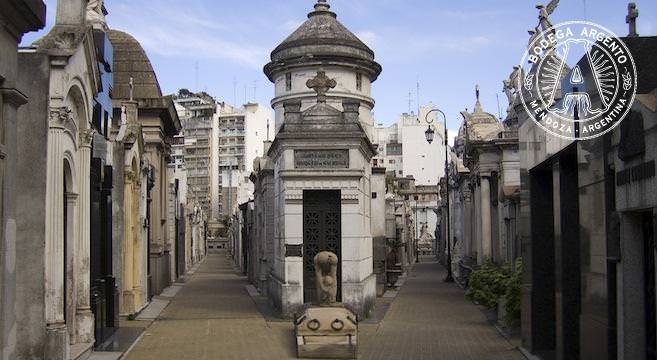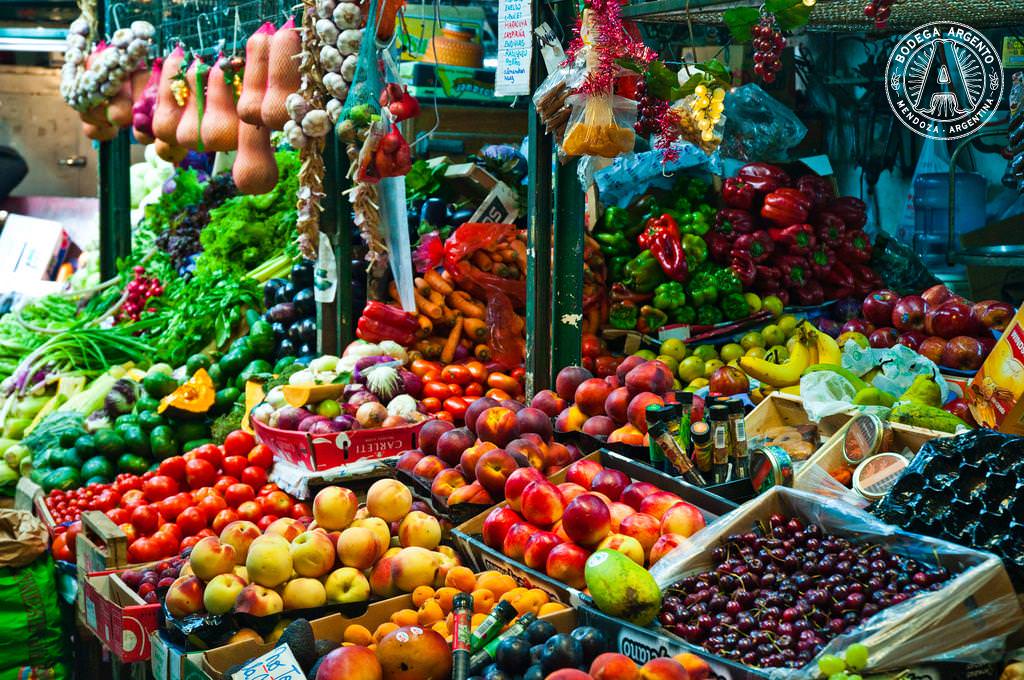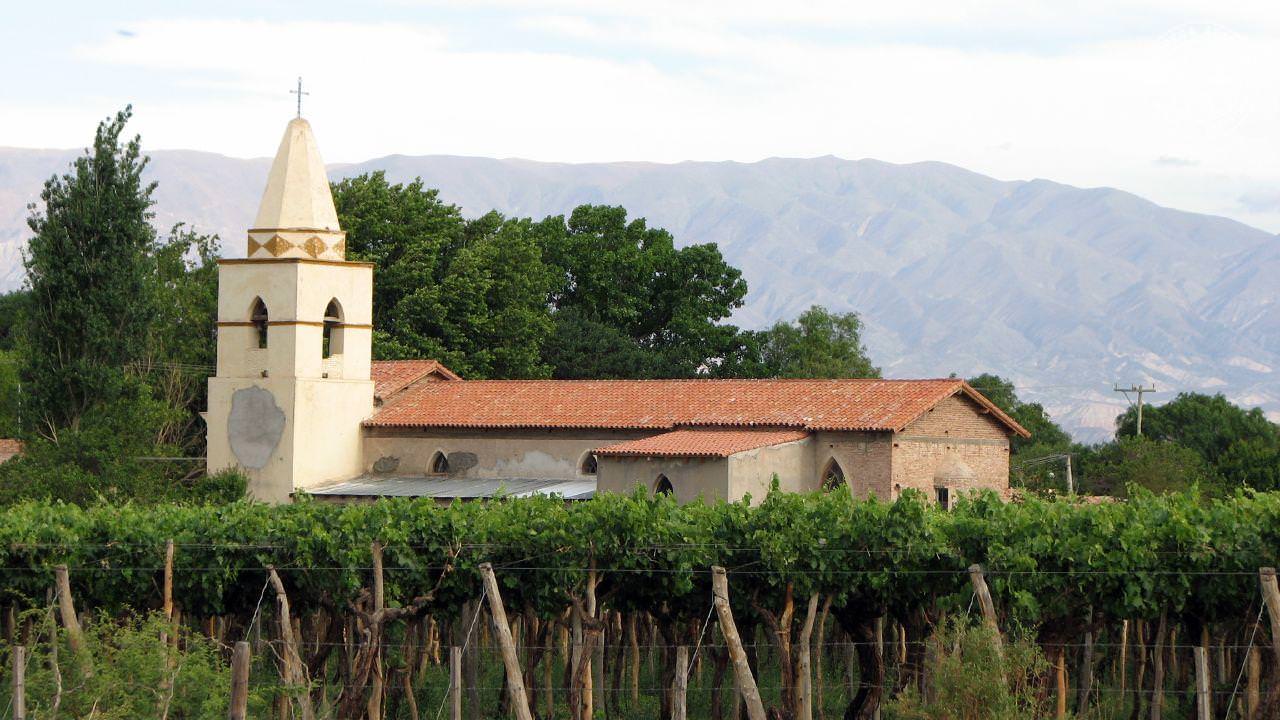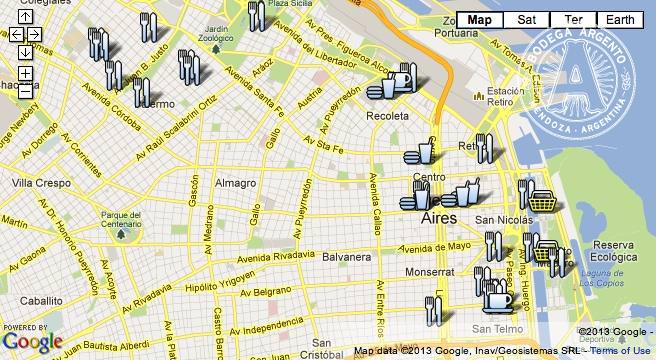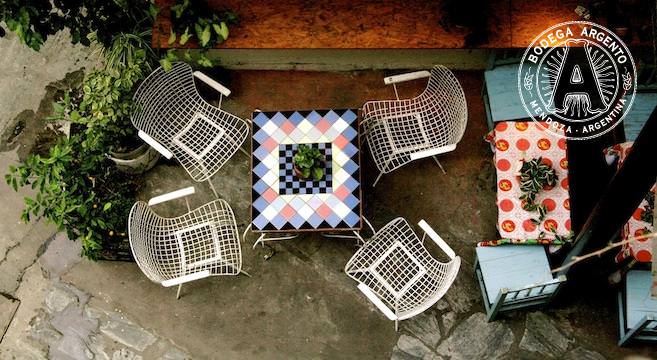Argentina has talked about little else during the past week. There’s 24/7 coverage on the news channels, pages upon pages of articles in every newspaper (What does his old teacher think? What happened to his first girlfriend?). At every kiosco, his face looks back at you from the covers of Caras and Hola; congratulatory posters have been hastily thrown up in shop windows. Almost everyone has a story of how they once met him, received a blessing, or saw him on the Subte – or at least a family member or next-door neighbour has.
In Case You Haven’t Heard, the Pope is from Argentina
